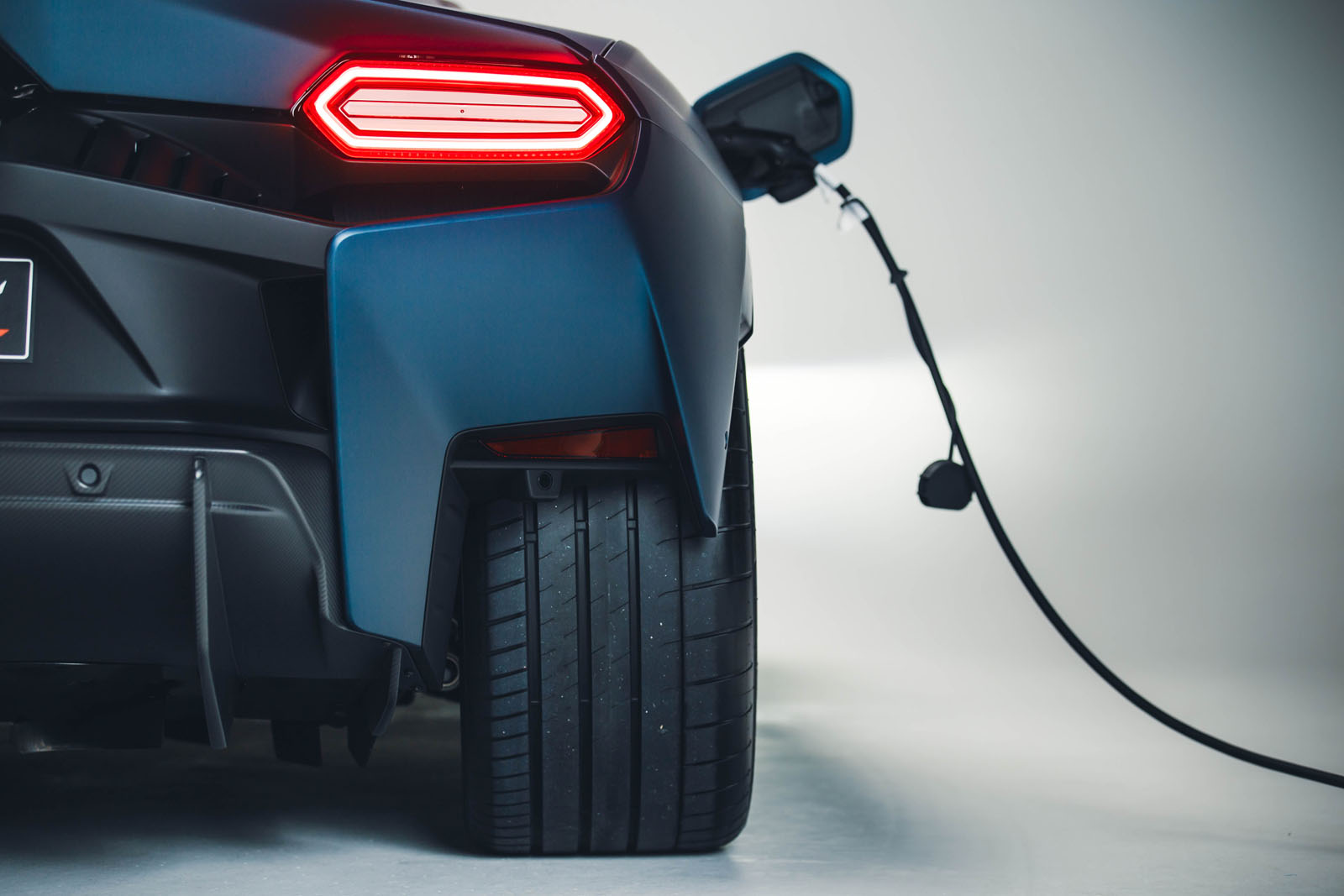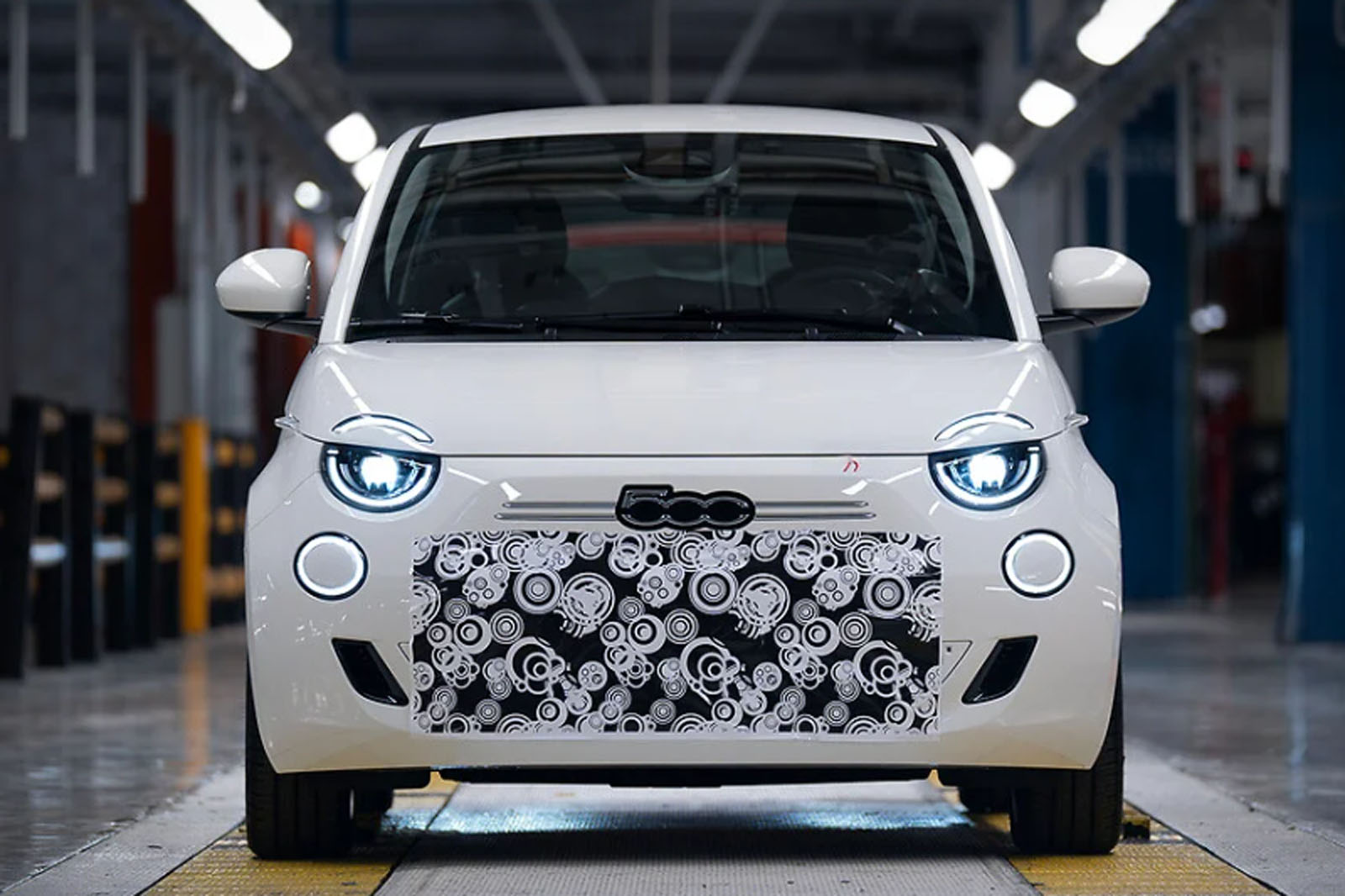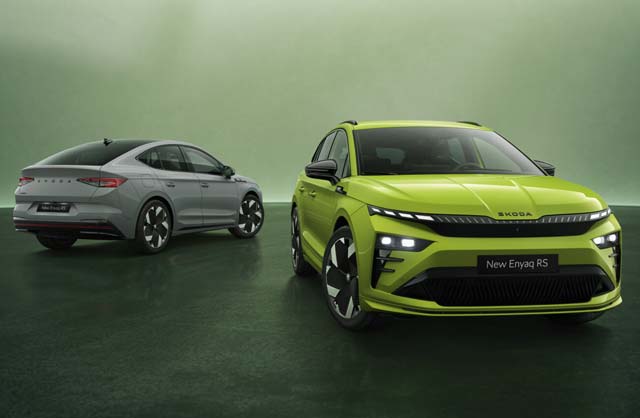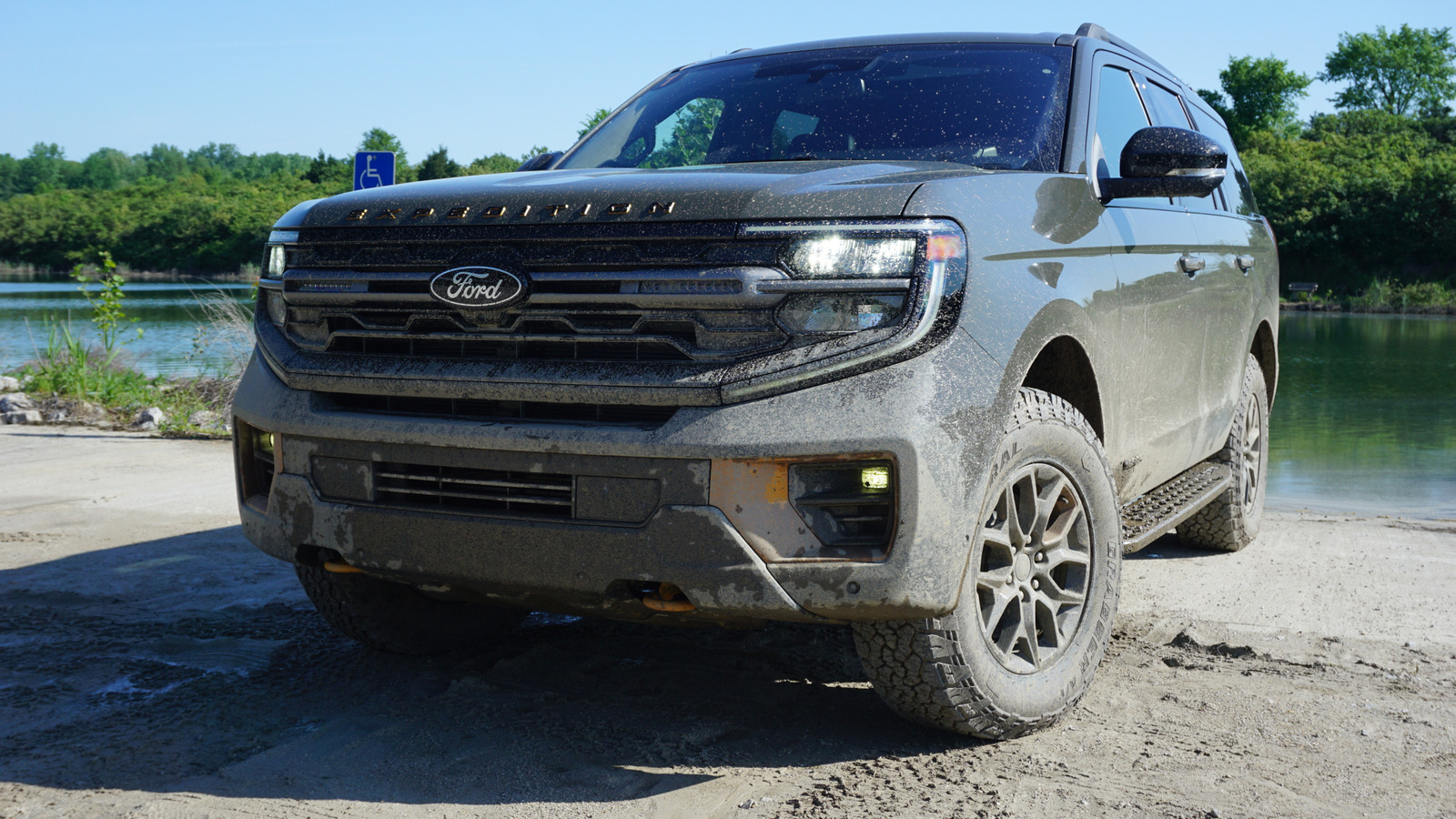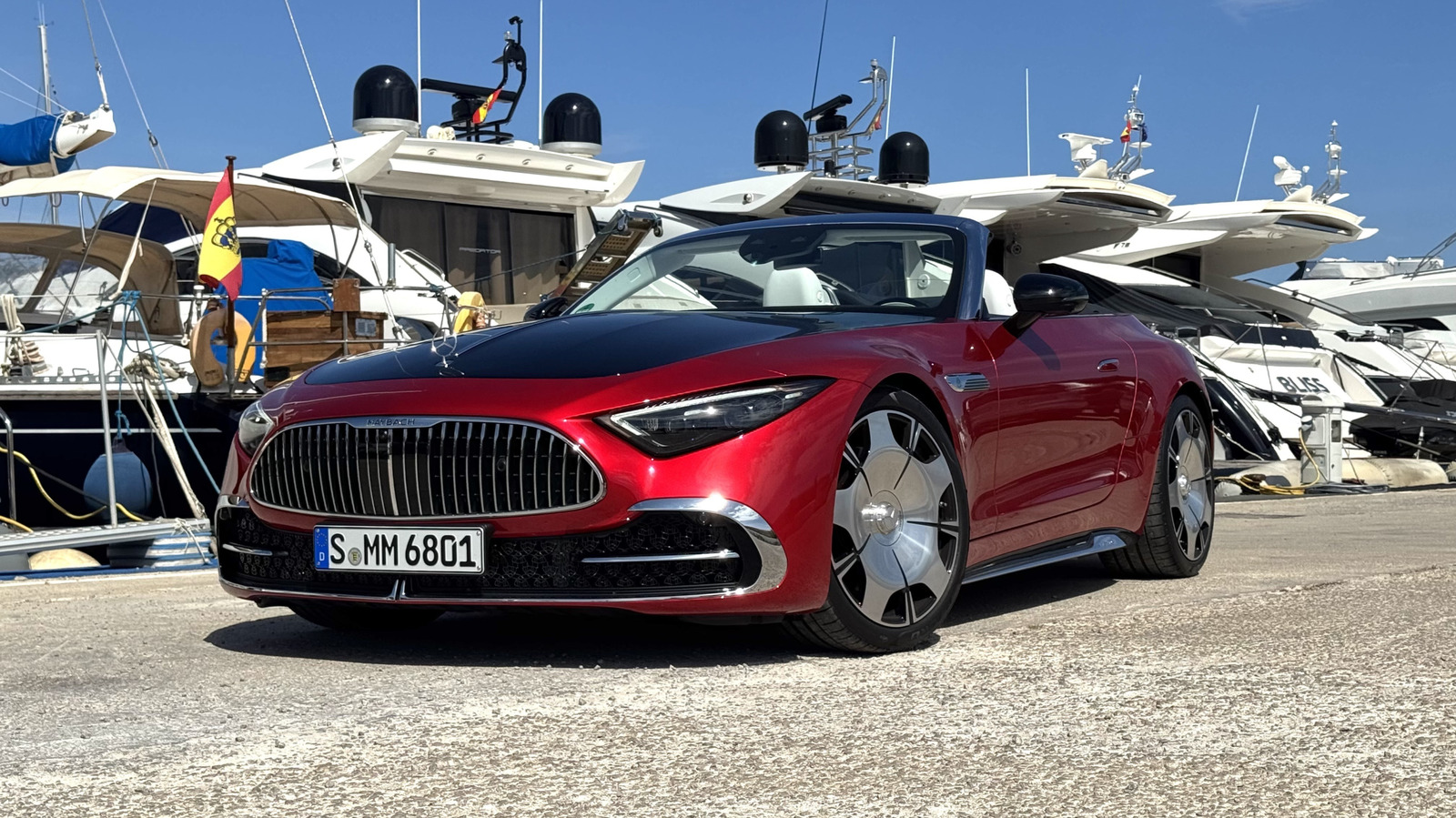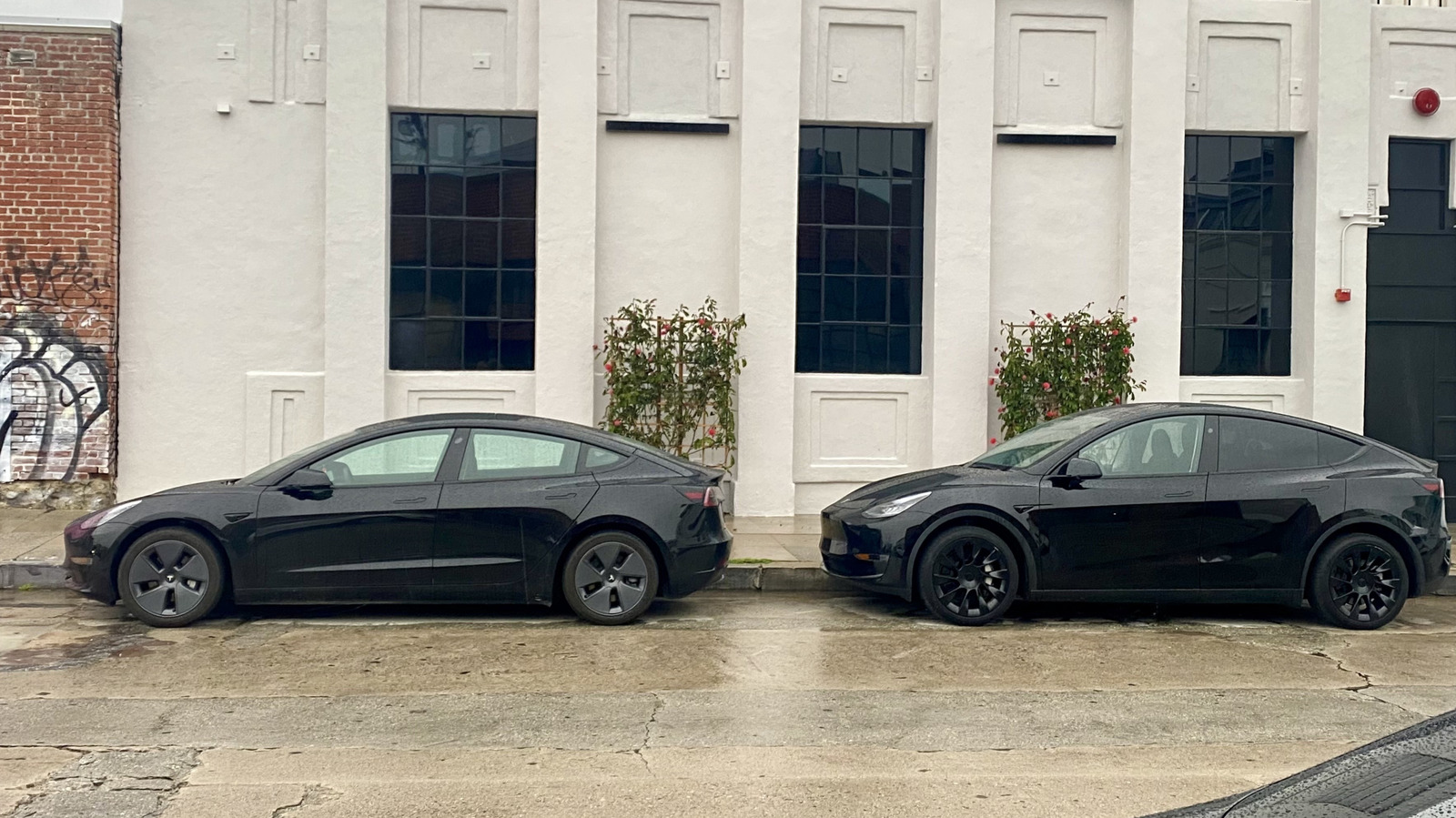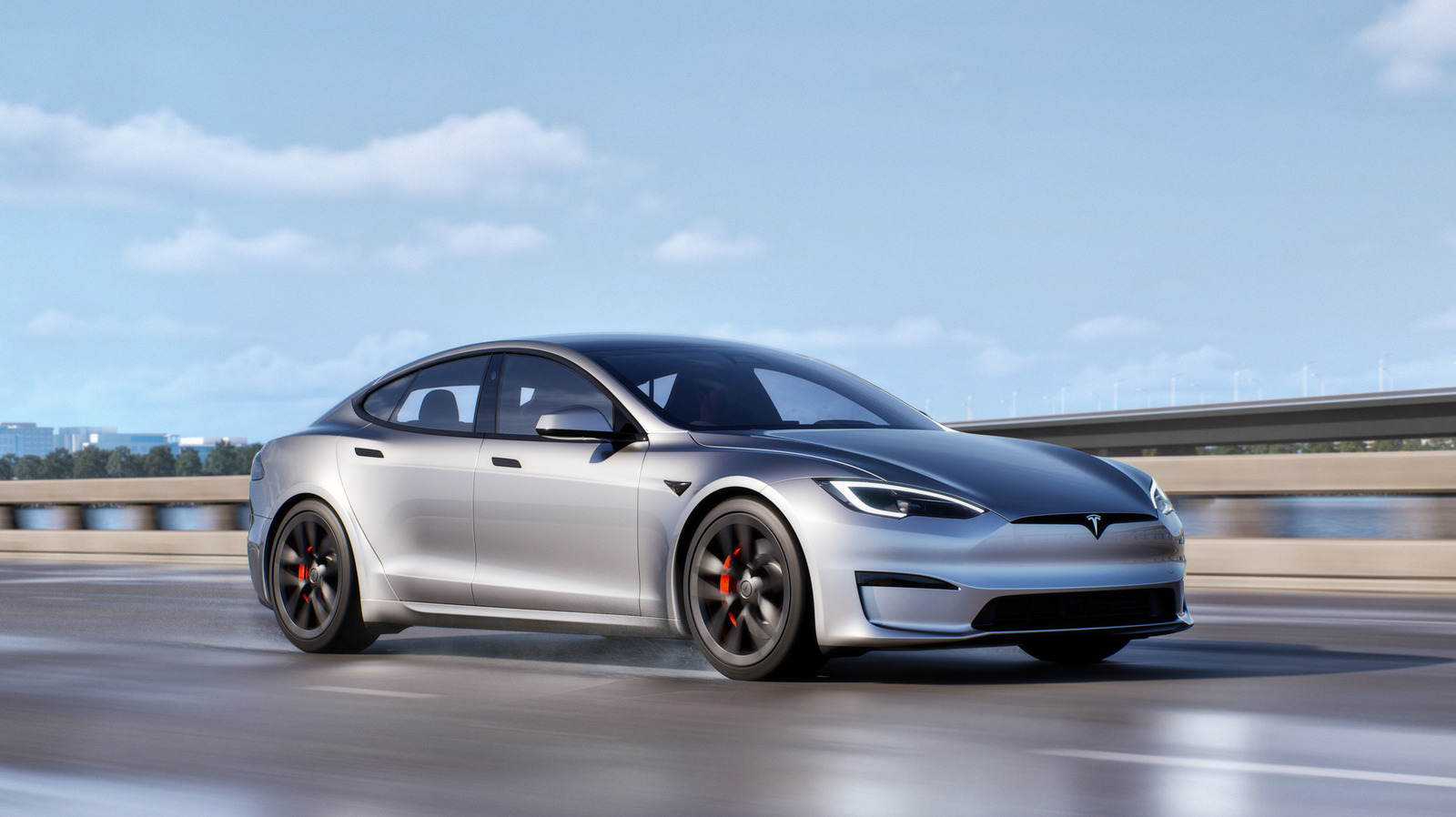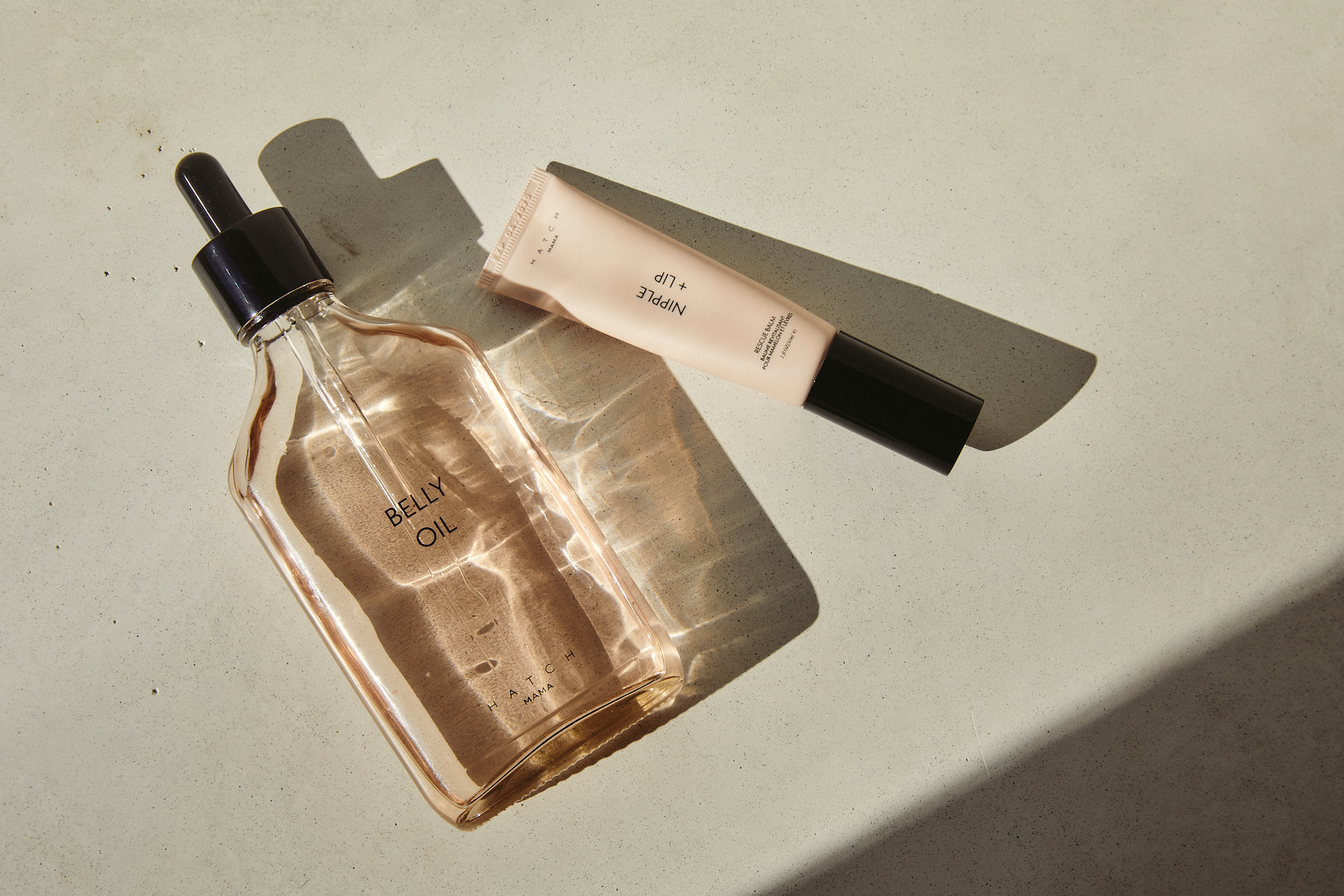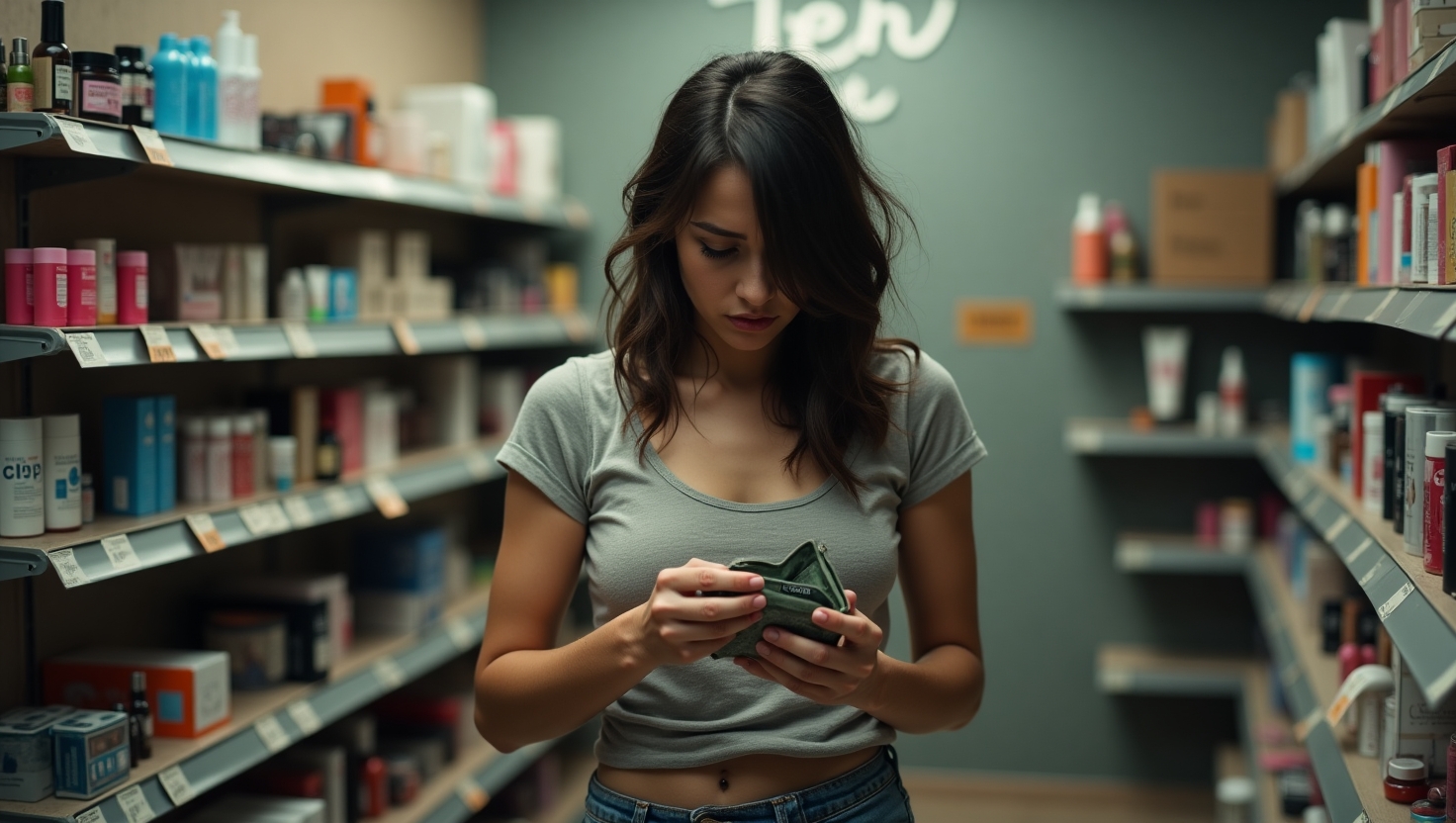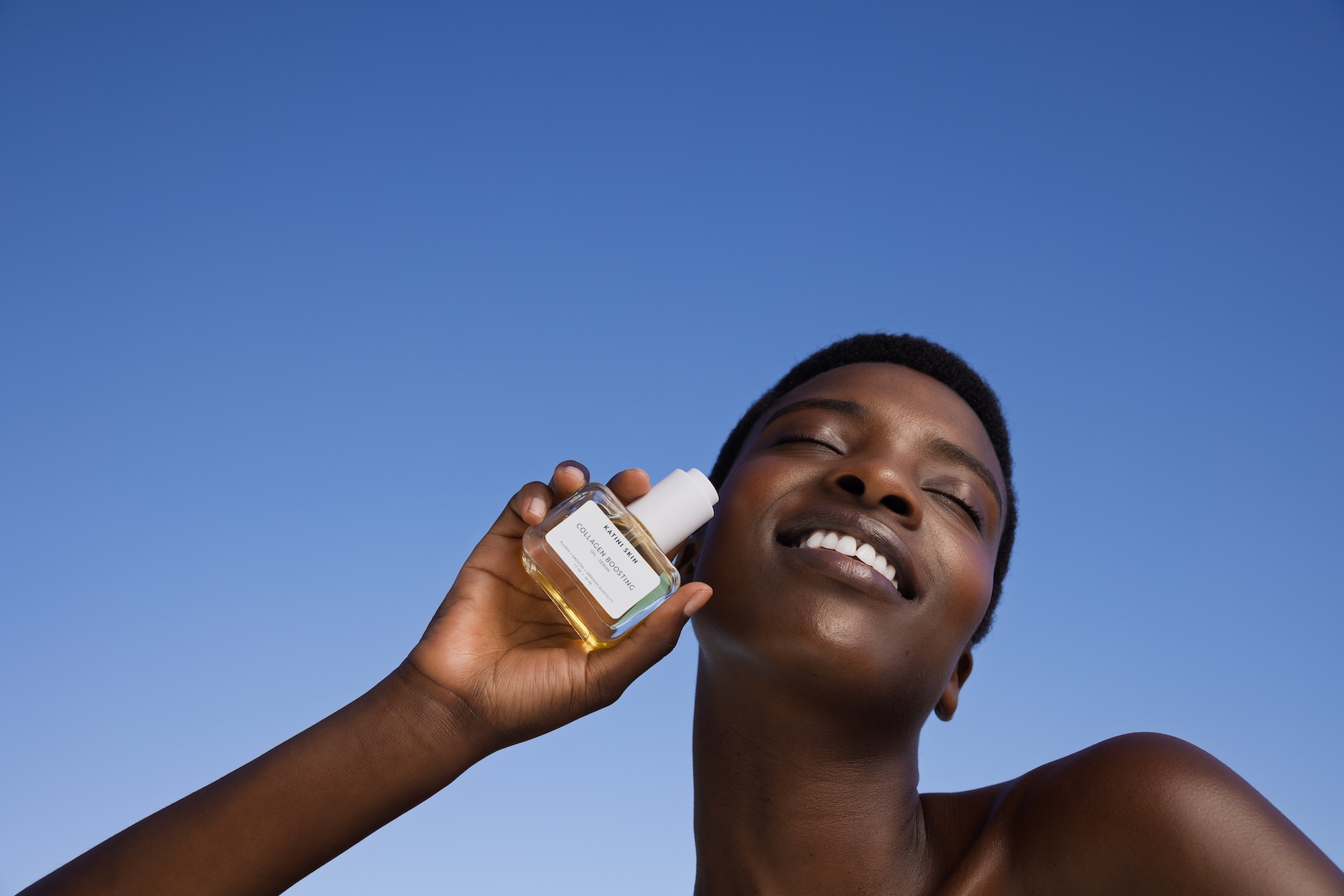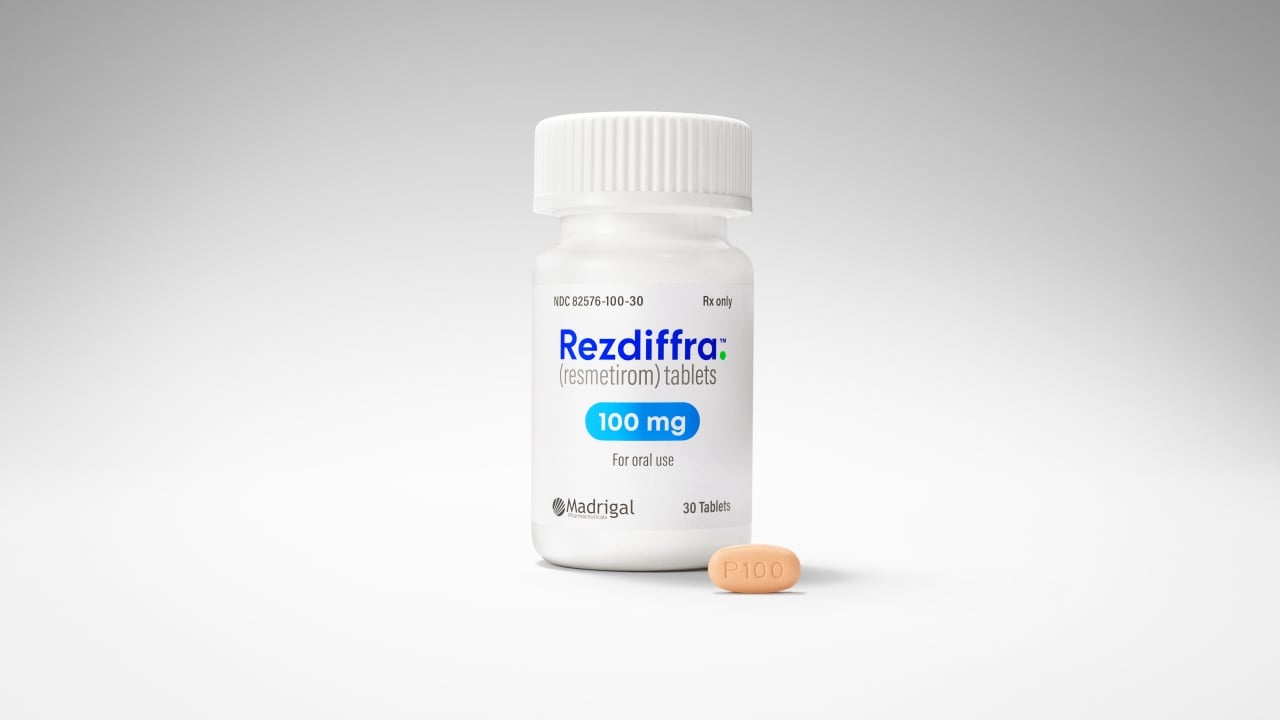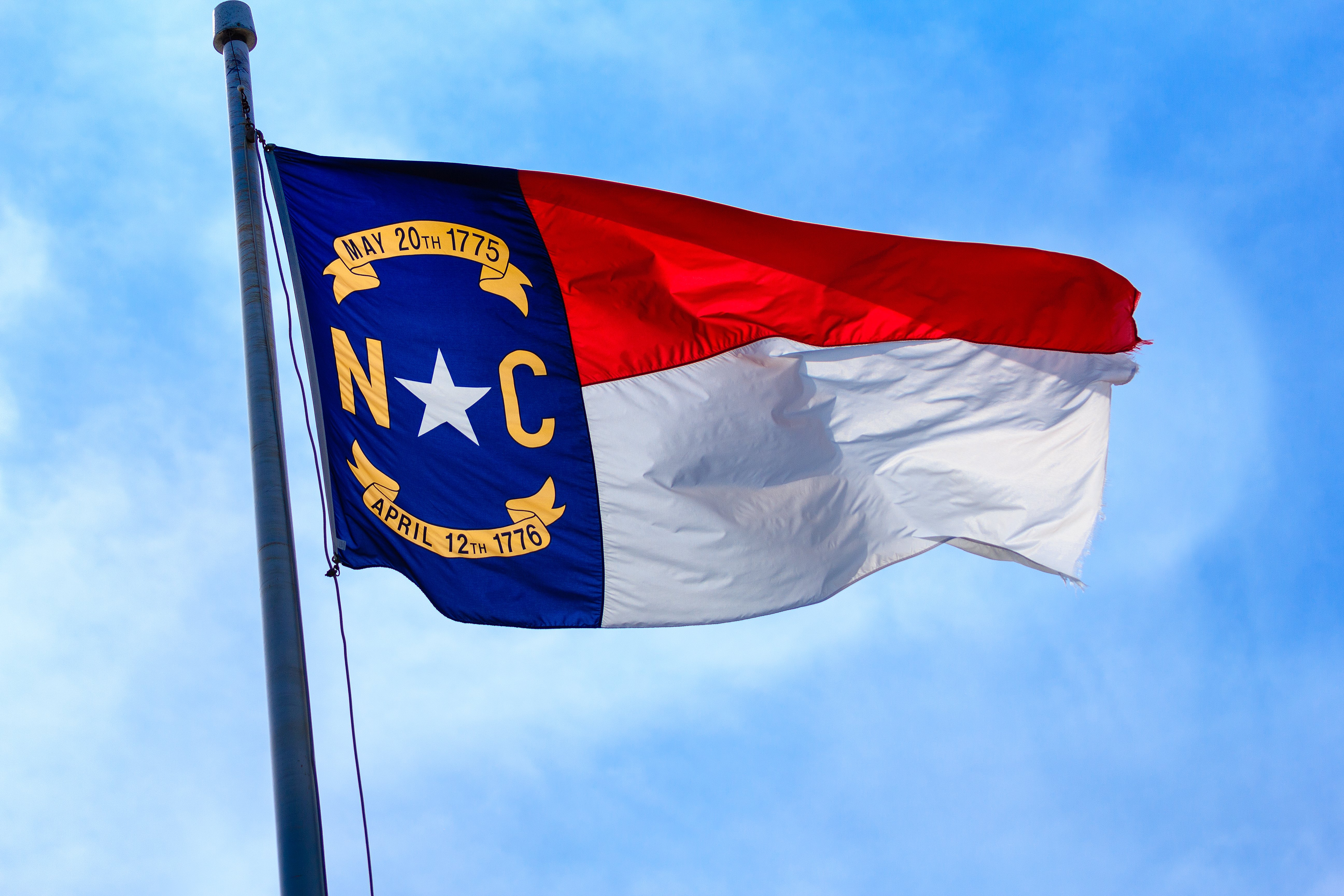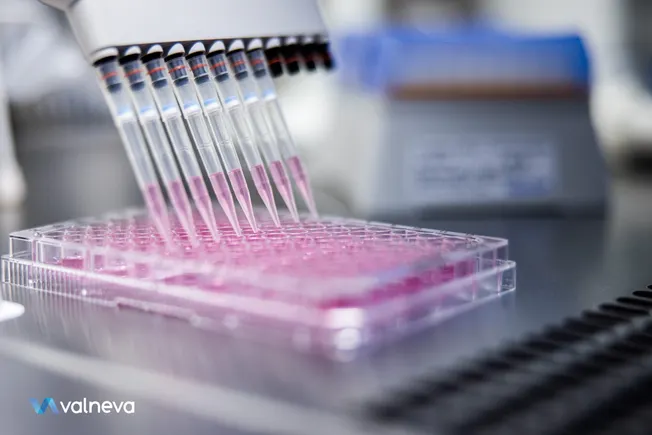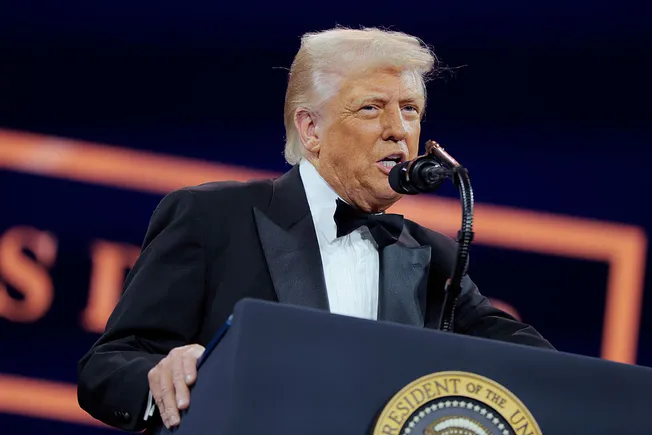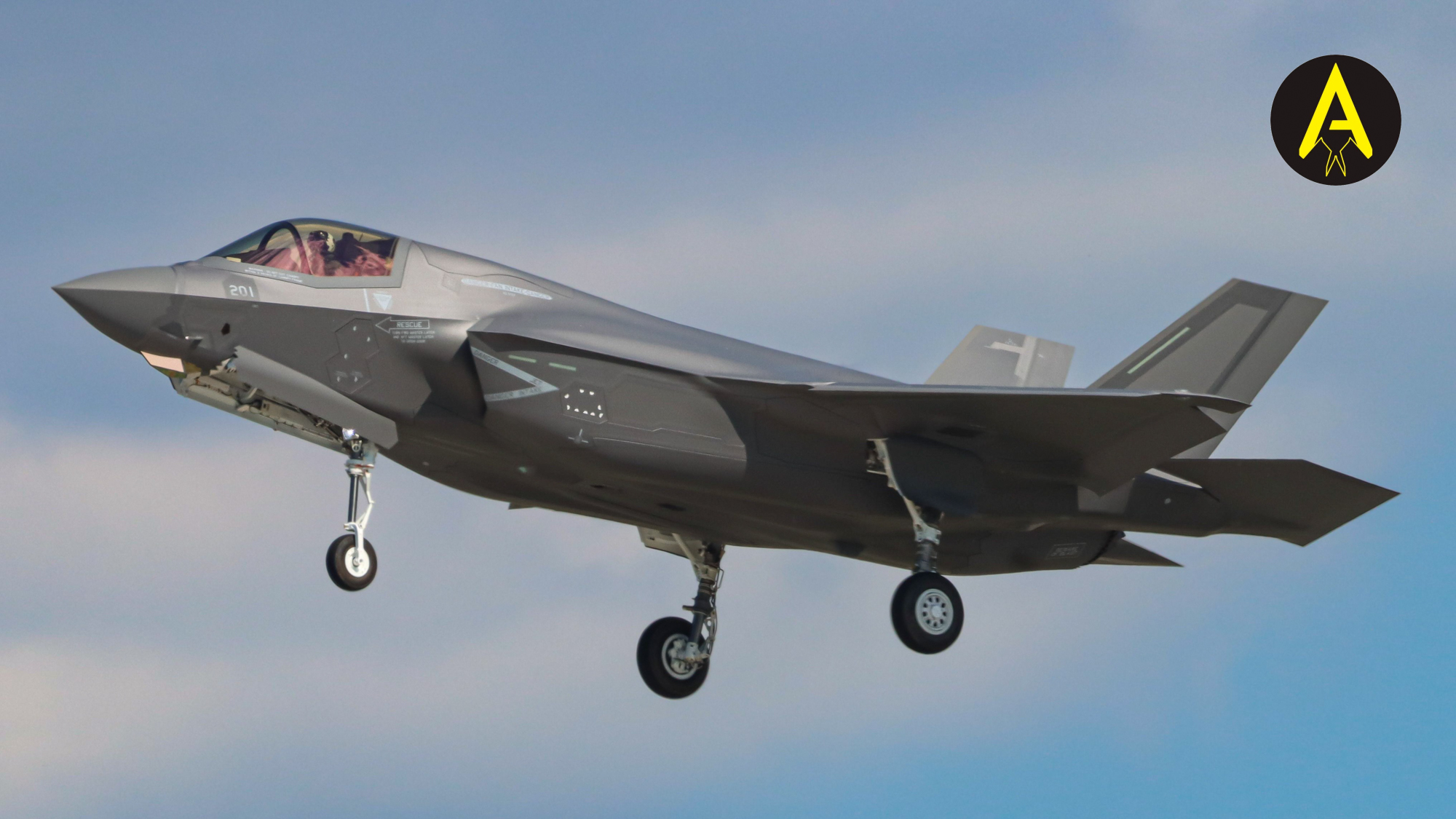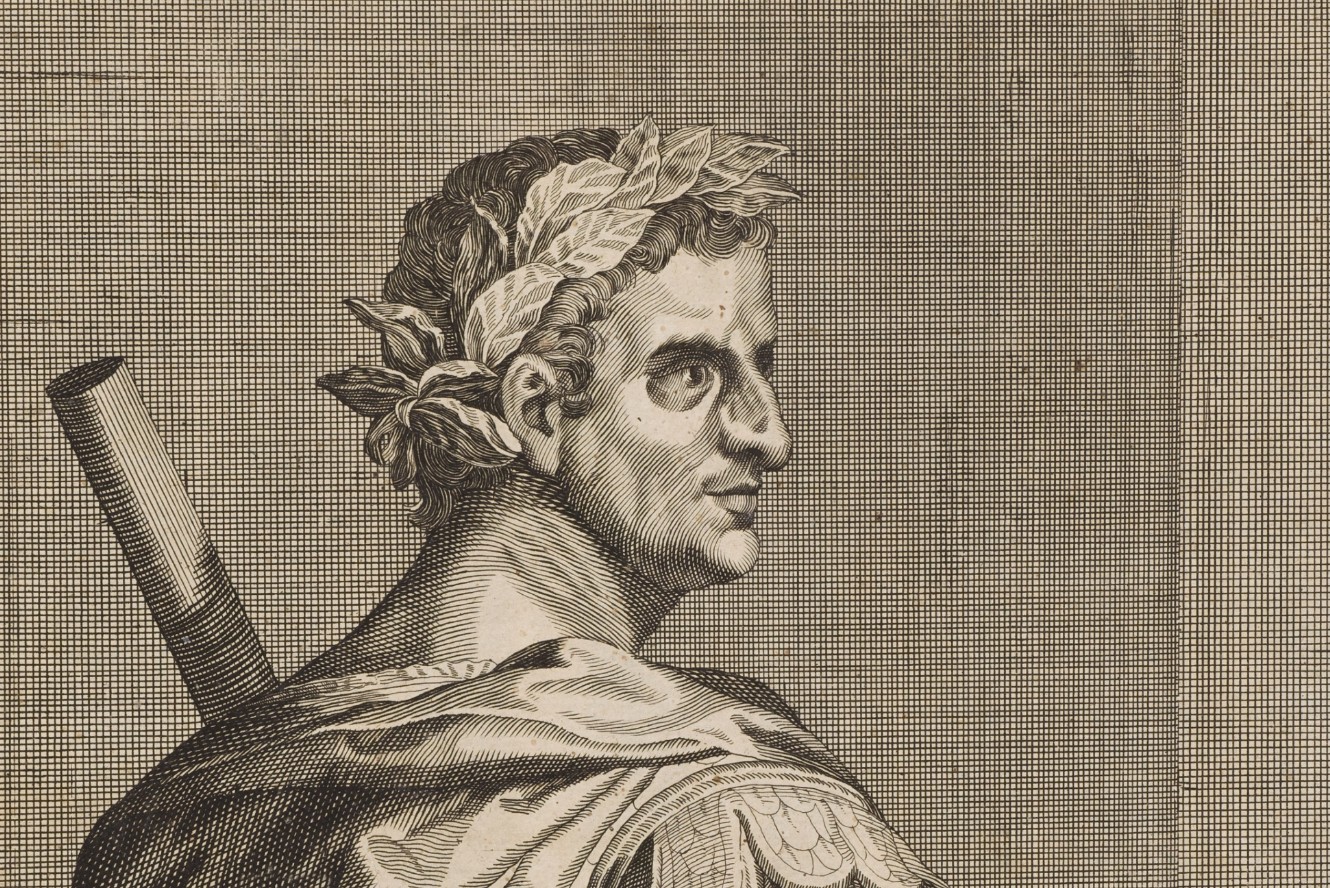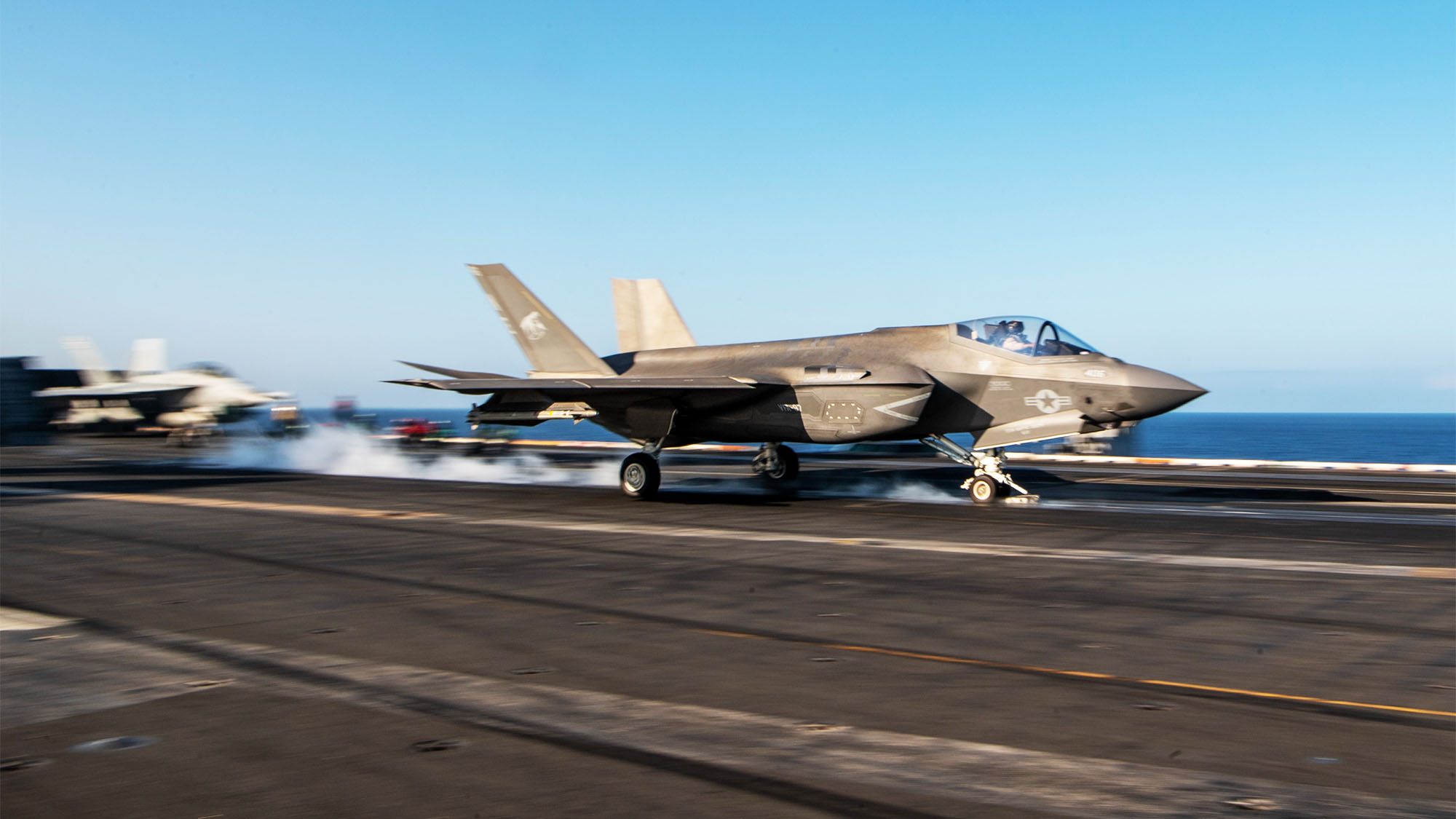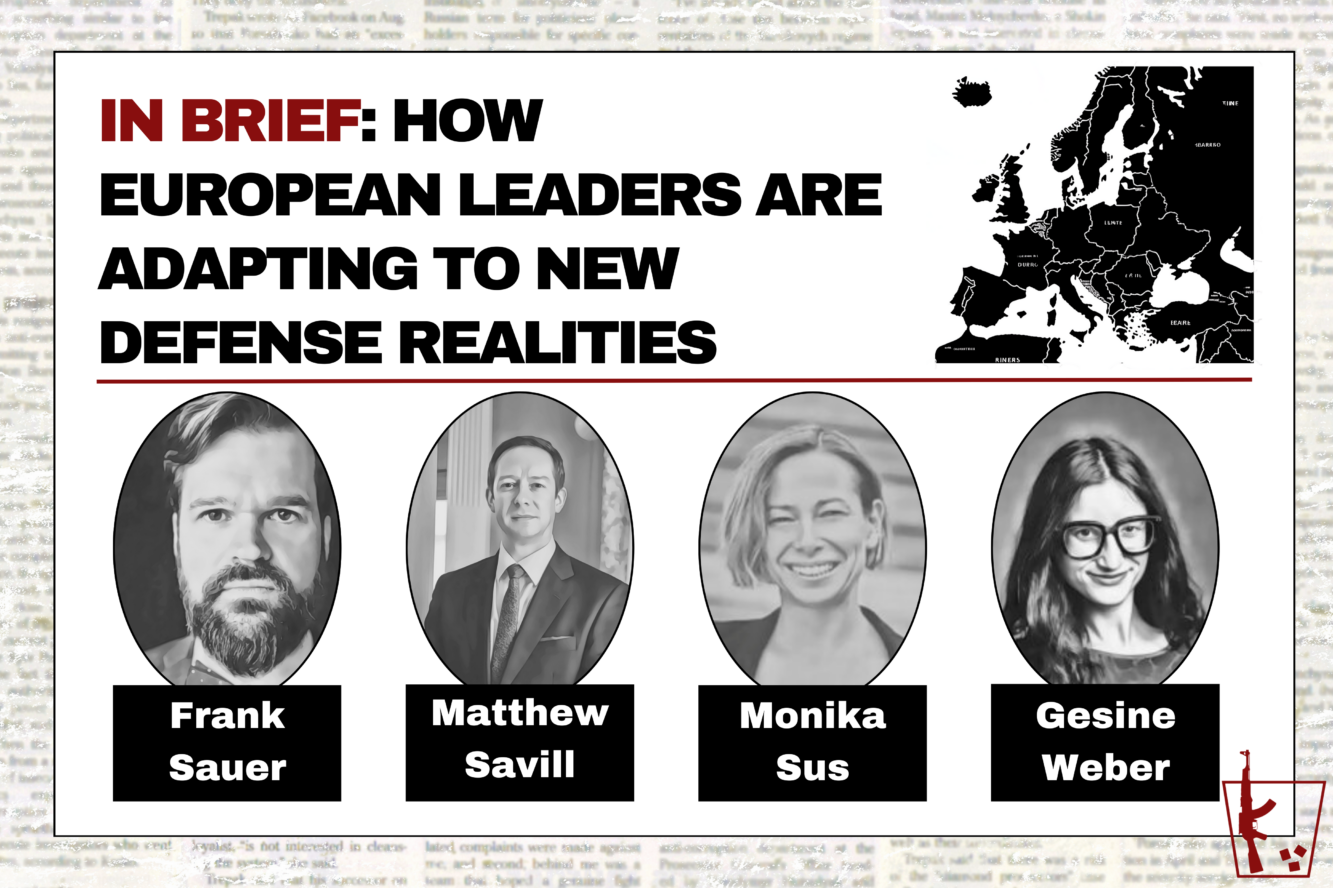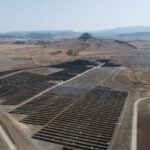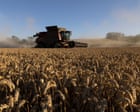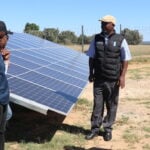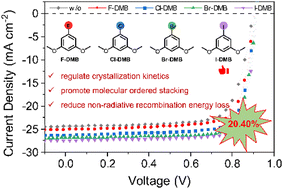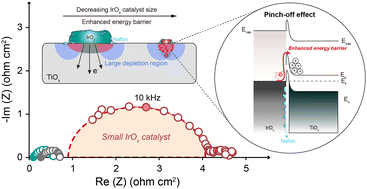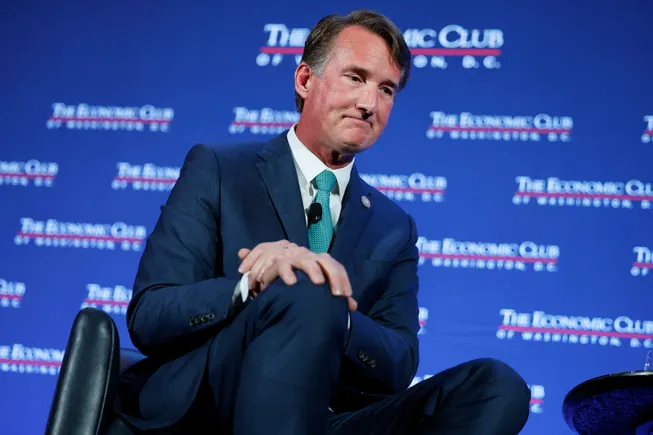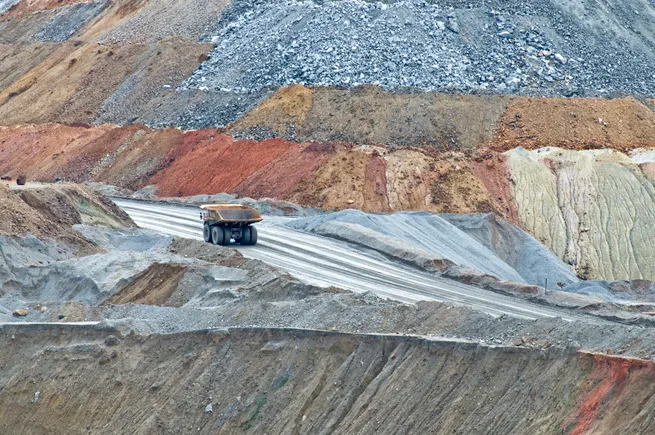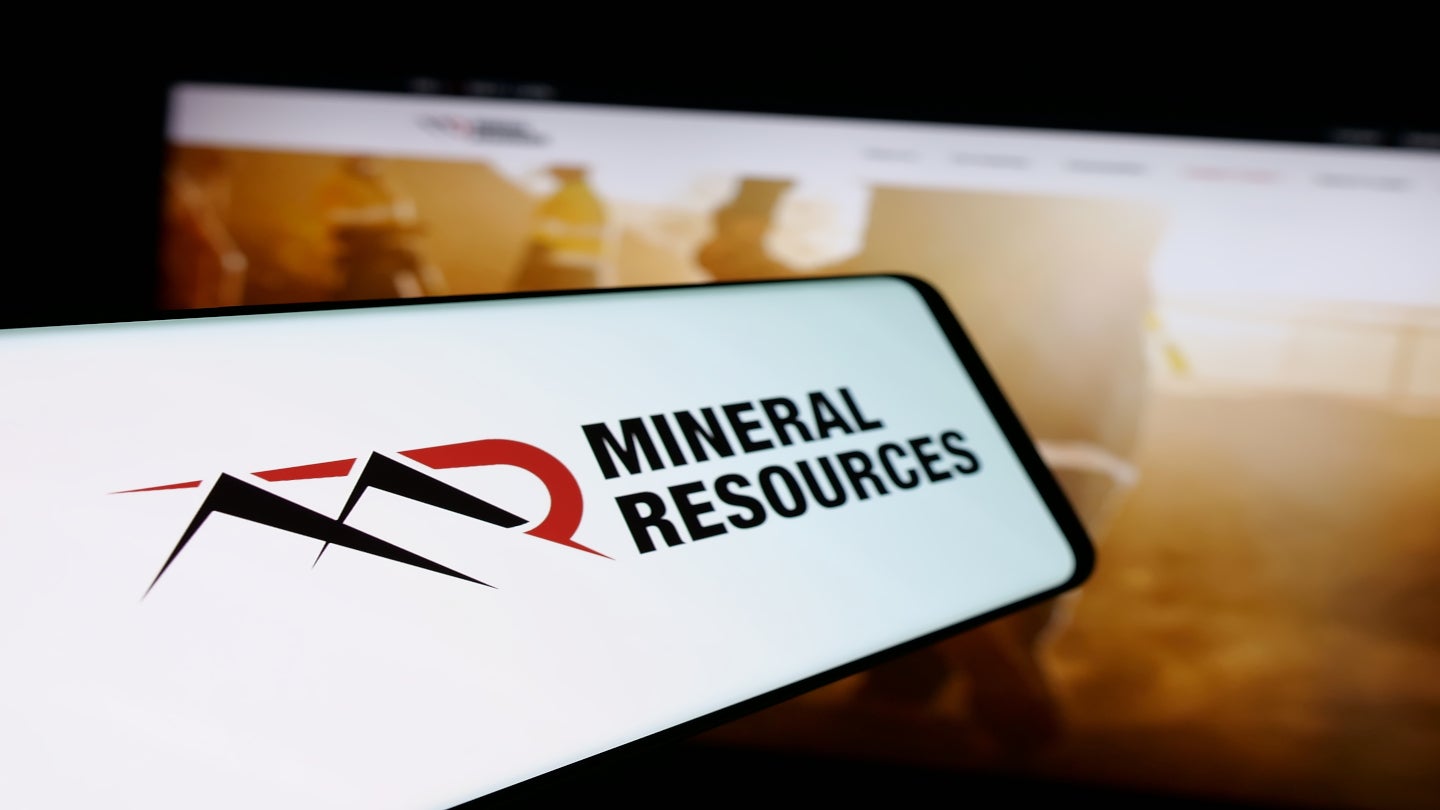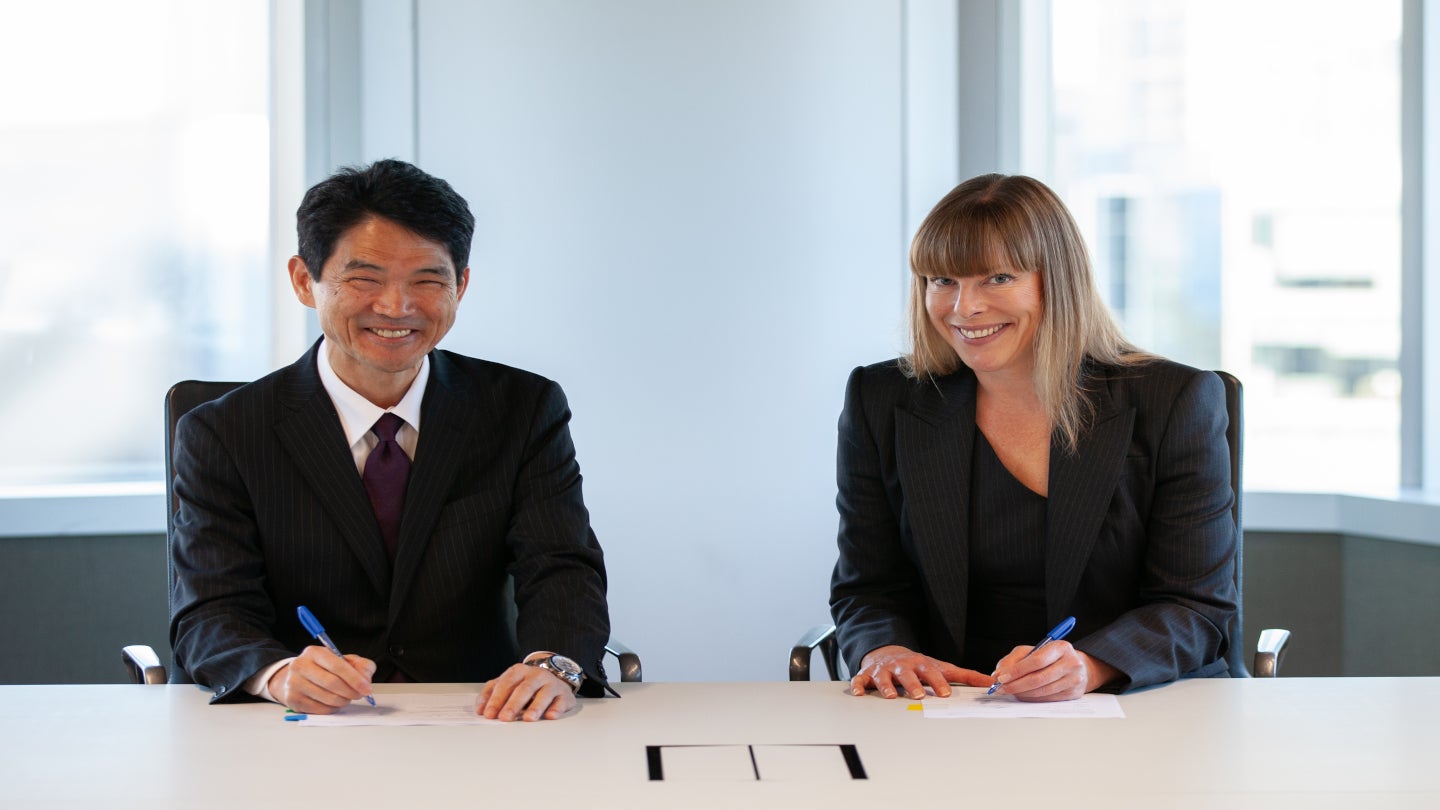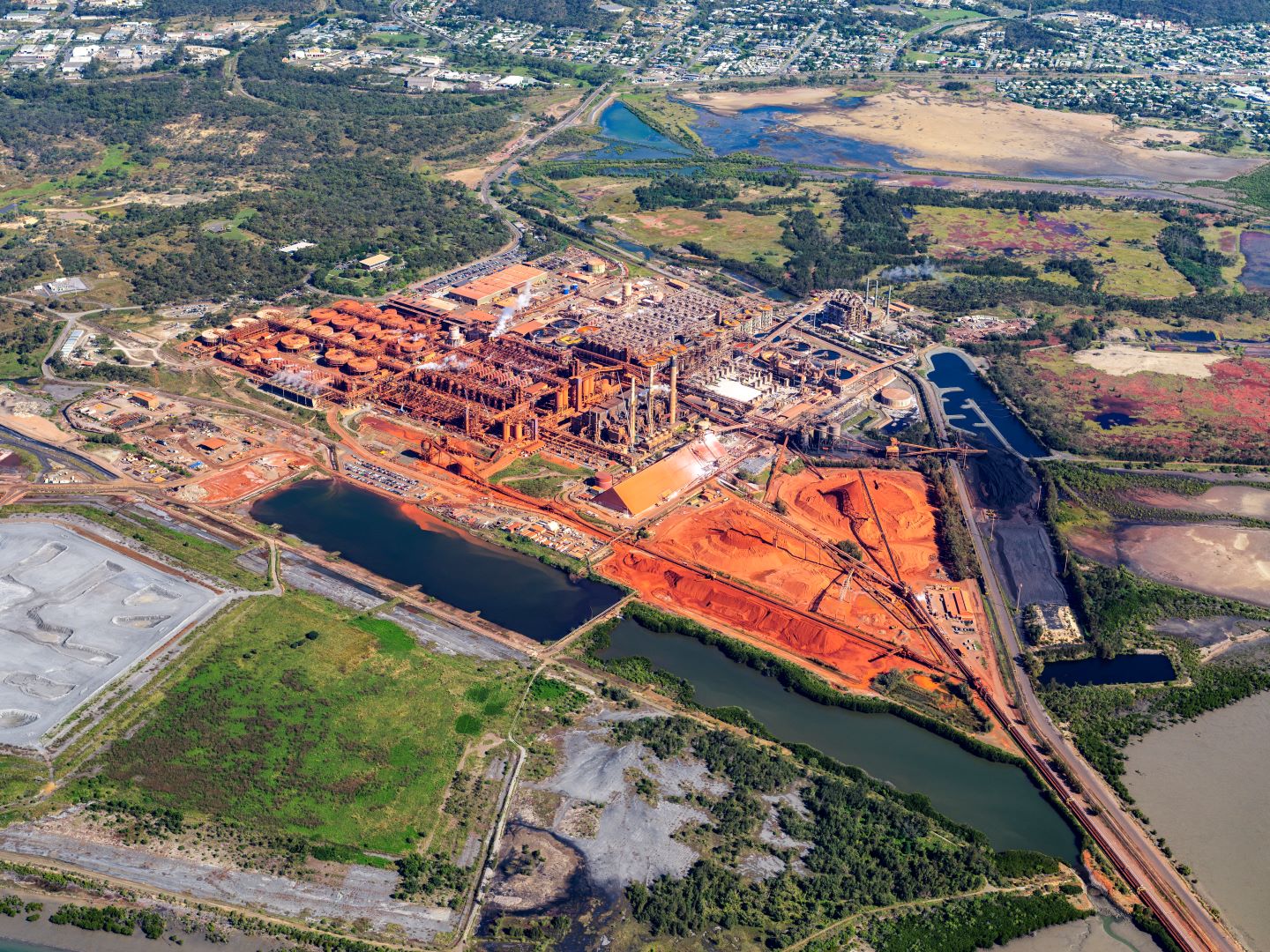Think You Know Sauvignon Blanc? Try Aging It
Young Sauvignon Blanc is famously light with crisp acidity. But it has profound aging potential, and some California winemakers are getting the word out. [...] Read More... The post Think You Know Sauvignon Blanc? Try Aging It appeared first on Wine Enthusiast.
The idea of aging Sauvignon Blanc, especially in the United States, may sound unusual to wine drinkers who love the varietal for its light, fresh flavors and crisp acidity. In France’s Loire Valley or Bordeaux region, however, serious Sauvignon Blanc fans know that this white wine has profound aging potential—as little as one year and as much as 10, and in some cases even more. Now, a handful of California winemakers producing aged Sauvignon Blanc want to get the word out.
Tom Gamble, proprietor of Gamble Family Vineyards in Napa Valley, began aging Sauvignon Blanc in 2001. A trip to the Loire and Bordeaux in the 1980s inspired his passion for the style—particularly the great examples from Domaine de Chevalier, Château Smith Haut Lafitte, Château Malartic-Lagraviere, Domaine de Ladoucette, Pavillon Blanc, Château Haut-Brion Blanc and—perhaps most of all—those from winemaker Didier Dagueneau, particularly his Loire-based Silex and Pur Sang.
Balanced Acid and Overall Creaminess
In comparison to an unaged Sauvignon Blanc, aged versions showcase a more refined palate with complex aromatics and flavors.
Gamble Family Vineyard’s 2018 Heart Block Sauvignon Blanc can be consumed now, but also cellared for five to seven years.
“It keeps its bright tropical and citrus notes, but is accompanied by flavors of honeycomb and toasted brioche,” explains Jaime Medina, the operation’s winemaker. “The acid is in balance with the overall creaminess of the wine that comes from being aged in oak.”
Jesse Katz, winemaker with Aperture Cellars in Healdsburg, California, had experimented with aging Sauvignon Blanc years ago while working at Screaming Eagle in Napa Valley. But it wasn’t until he founded Aperture with his father Andy that he committed to creating “world-class and age-worthy Sauvignon Blanc.”
The first vintage of Aperture’s Bordeaux Blanc, released in 2016, is a barrel-fermented Sauvignon Blanc with 16% Sémillon. To this day, Katz says the wine still shows “a lot of fruit on the palate and some more nutty, honey and spice characteristics [that] are starting to come out.” He thinks the wine has at least another decade of aging potential.
All this said, most California producers are not cellaring their Sauvignon Blanc on-site before releasing them, says Andy Erickson, proprietor of Favia Wine in the Coombsville area of Napa Valley. “I think serious wine consumers are interested, but there aren’t a lot of examples out there, unless you age it yourself.” Instead, he continues, most age-worthy Sauvignon Blancs—including those mentioned in this article—are sold young. Buyers then have the option to stash them away.
The delayed gratification is worth the effort, he believes. Erickson has been aging Sauvignon Blancs since he first began growing the varietal in 2005. “It can take on some very interesting savory, generous, and umami tones: Think fresh peach versus peach pie, or lemon peel versus lemon curd,” he says.
According to Erickson, making exceptional aged Sauvignon Blanc starts with “great terroir,” a sentiment echoed by several winemakers interviewed for this story.
The question of what makes a white wine age-worthy depends on a number of factors, like region, varietal and production methods. Master sommelier Evan Goldstein told us that he generally thinks of it this way: “A simple rule of thumb is to open a bottle and nurse it for a few hours, to see how it changes. If it improves from a pleasure standpoint after an hour or two, then you’re in good shape. Every 20 minutes in the glass is worth about six months in the cellar.”
Bernadette James, sommelier with the Court of Master Sommeliers at Stages at One Washington and The Living Room, finds that Sauvignon Blanc’s acidity lends itself well to aging–”similar to Riesling, which is a more commonly aged white wine,” she says. “Sauvignon Blanc is also a parent grape to Cabernet Sauvignon, which is a wine that really favors aging, so it would make sense that some of those characteristics would be shared between the two grapes.”
However, not all Sauvignon Blancs are created equal, at least when it comes to aging potential. “I would probably choose a Marlborough, New Zealand, Sauvignon Blanc to age since its acidity can be so high and sharp,” says James. “Aging would smooth that acidity as well as some of the bitter phenols that can be present in a New Zealand Sauvignon Blanc. However, I wouldn’t age it for too long, less than five years, or the freshness of its fruit and flavors, so distinct in this wine, will begin to fade as well.”
The Importance of Site Selection and Aging Techniques
“Farming for an age-worthy white wine needs to be even more meticulous than farming red grapes,” notes Gamble. “The key is achieving the desired grape flavors at the lowest possible sugars in order to have plenty of acid to survive fermentation and aging.”
Katz agrees that site specificity must be prioritized above all else—even clone selection. Not that it’s unimportant; Katz prefers later-ripening clones, as well as the Musqué clone for its less grassy, more floral and stone fruit characteristics. At Aperture, this means sourcing grapes for their Bordeaux Blanc from three California vineyards: Dry Stack, the coolest site in Bennett Valley; Aperture Estate in Sonoma Valley and Farrow Ranch in Alexander Valley.
“They are not mass-production blocks,” he says. “We try to get even ripening so we can harvest at lower brix and pH with rich flavors and bright acidity.”
After site selection and grape quality, aging techniques are most significant to successfully elevate the ageable characteristics of the wine. Gamble uses barrels for both fermentation and aging made with wood sourced from colder forests, which translates to tighter grains in the wood that can slow oxygen transfer in the barrel. He also limits lees stirring: “Too much stirring and an excess of oxygen is introduced, effectively shortening the wine’s bottle life,” he shares.
Both Gamble and Katz say they limit their use of new oak barrels, which can add an excess of wood tannin. “We build decadence from the 1/3 new oak—light toasted French oak and the Château Haut-Brion barrels with toasted acacia wood heads—and sur lie aging,” says Katz. This process allows for a wine with tension to frame the fruit without showing oaky flavors, an excellent equation for aging.
Even though these three winemakers have been producing age-worthy Sauvignon Blanc for decades now, it’s still a style that’s not quite mainstream among U.S. wine lovers.
“I think it’s a surprise to most people that Sauvignon Blanc wines age at all,” admits Erickson. He’s sure that can all change at first sip, though. “Once they’ve tasted one with some bottle age, it opens their eyes that the variety deserves more respect than it gets.”
Wine Enthusiast recommends:
Château de Tracy 2019 101 Rangs Sauvignon Blanc (Pouilly-Fumé)
Pouilly Fumé can be multifaceted and complex, and this wine is a perfect example. Gold in color with a decidedly herbal nose, this wine immediately dives into overripe green pear, dried summer field grass, white nectarine, orange marmalade and forest floor, while flirting with brioche. Inklings of chalkiness revel on the midpalate along with notes of thyme and dill. Drink now, but this elegant wine can continue to develop through 2029. 96 points — Reggie Solomon $130 Vintage Wine Merchants
Waypoint 2021 Ritchie Vineyard Sauvignon Blanc (Russian River Valley)
This is Sauvignon Blanc for folks who want a more serious take on the summery variety. From the legendary Ritchie Vineyard, the wine shows bright, tropical citrus and complex waves of floral and mineral aromas on the constantly evolving nose. The palate is satisfyingly rich, with fresh pineapple, sage and jalapeño flavors lingering on the interminable finish. 92 points — Tom R. Capo $45 Wine Country Connection
Château la Louvière 2021 Pessac-Léognan
Pure Sauvignon Blanc gives a citrus character, enhanced by the wood aging that gives spicy, toasty notes. It is a ripe wine with a fresh edge. Drink from 2025. 95 points — Roger Voss $45 Fine Wine and Good Spirits
Dog Point 2021 Section 94 Sauvignon Blanc (Marlborough)
From a single vineyard and aged in old French oak, this wine—always one of New Zealand’s most distinctive Sauvignon Blancs—opens with intensely reductive, sulfuric aromas of struck match, grilled nuts over a smoky fire and buttered toast. The fruit comes on the second beat, with whiffs of baked lemon and passion fruit. Then, on the palate, it all seems to coalesce, with bright acidity, a rich, creamy texture and concentrated flavors pulsing to a very long finish. A love-it-or-hate-it style, but a well-made drop in any case. 94 points — Christina Pickard $38 Station Plaza Wine and Spirits
More Sauvignon Blanc Coverage
- People are putting jalapeño into their Sauvignon Blanc. We tried the trend so you don’t have to.
- Read all about New Zealand Sauvignon Blanc and the regions to have on your radar.
- Napa and Sonoma winemakers are marketing luxury Sauvignon Blanc. Is anyone buying it? We dive in.
- Chardonnay vs. Sauvignon Blanc: Which grape reigns supreme?

From the Shop
Find Your Wine a Home
Our selection of white wine glasses is the best way to enjoy the wine’s subtle aromas and bright flavors.
The post Think You Know Sauvignon Blanc? Try Aging It appeared first on Wine Enthusiast.














